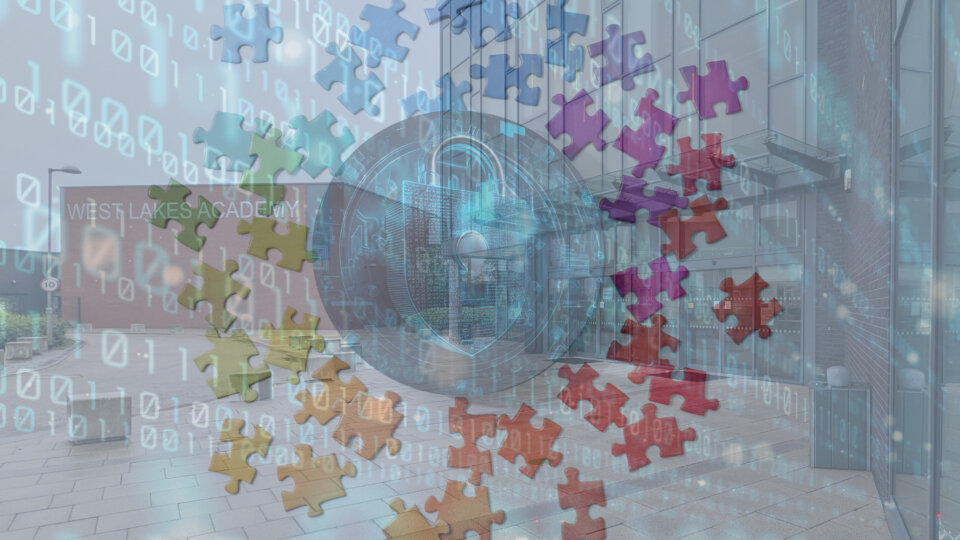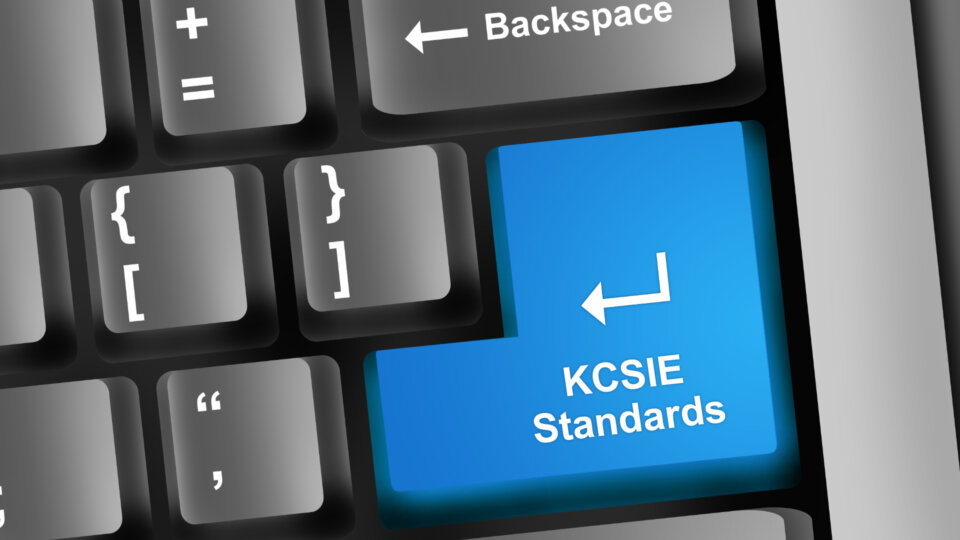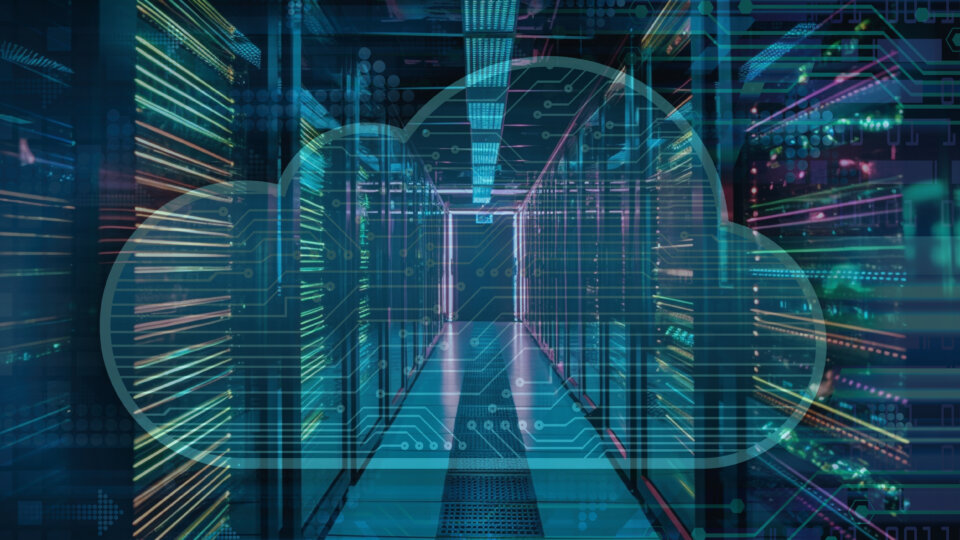
The integration of and dependence on digital technology in primary and secondary schools has significantly reshaped the teaching and learning environment. From online classes to digital collaboration tools, schools are enjoying the benefits of digitalisation. However, this digital transformation also exposes schools to cybersecurity threats that can compromise the integrity of academic and personal information. There are times during the academic year that the schools are particularly exposed to ransomware attack.
The High-Risk Time for Cyber Attacks on Schools
As the school calendar follows a predictable pattern, the specific high-risk months when educational institutions are particularly vulnerable to cybercriminals have been identified. Among these, half-terms, Easter, summer, and Christmas breaks are the most vulnerable periods for schools to experience a ransomware attack.
The longest break, in summer, presents an extended window of opportunity for cybercriminals. With schools remaining vacant for lengthy period, hackers have plenty of time to exploit vulnerabilities and gain access to sensitive data. Educational institutions must be proactive in implementing robust cybersecurity measures to minimise the risks associated with extended breaks.
Similarly, during the Christmas break, schools often shut down their operations, leaving their digital infrastructure less monitored. Cyber attackers grab the opportunity of this reduced vigilance to launch phishing attacks, ransomware campaigns, and other malicious activities. Educational institutions become targets for cybercriminals seeking to exploit potential weaknesses in the security protocols.
While summer holidays and Christmas receive considerable attention, other school breaks, such as Easter and half terms, should not be overlooked. These shorter breaks can also present opportunities for cyber attackers. Institutions might relax their security protocols during these periods, making it easier for criminals to exploit weaknesses in the system.
Simply switching off the school’s end-user devices is not enough. Virtue have often been called for help with ransomware attacks at school during the school holidays.
The Importance of Cybersecurity Awareness
To boost cybersecurity defences, adopting a culture of awareness within the education sector is crucial. Educators, staff, and students must be aware of the potential risks associated with cyber threats. Training programs that teach the basics of cybersecurity hygiene, such as recognising phishing attempts and maintaining strong passwords, can go a long way in strengthening the human firewall.
Given the evolving nature of cyber threats, collaboration between educational institutions, government bodies, and cybersecurity experts is essential. Sharing information about emerging threats and best practices can help create a collective defence against cyber attacks.
How to stay protected?
Institutions should invest in advanced cybersecurity infrastructure to protect sensitive data effectively. Regular security audits and vulnerability assessments should be conducted to identify and address potential weaknesses in the system.
- Strengthen Your Passwords – attackers will frequently target networks through remote desktop protocols and Virtual Private Networks (VPN) trying to exploit these simple weaknesses
- Secure Your RDP configurations – Remote Desktop Protocol (RDP) is used to enable employees to access their office desktop computers or servers from another device over the internet and it remains the most common form of attack. Insecure RDP configurations are often used by cybercriminals to gain access
- Protect Your VPN – VPN vulnerabilities can also be used to gain access to school’s networks. The rise in remote learning has increased the use of VPNs in schools so criminals have taken advantage of this
- Check Emails – phishing emails are frequently used to implement viruses and ransomware. These emails encourage users to open a malicious file or click on a link that hosts the malware
- Update Your Software – keep your software updated as much as possible, install official patches as these will include security updates closing holes in security that the cybercriminals may have found to exploit
As the education sector in the UK continues digitally evolve, the need for robust cybersecurity measures becomes increasingly evident. The high-risk months during school breaks, especially around summer holidays and Christmas, demand intensive vigilance and proactive strategies to protect against cyber threats. By adopting a culture of cybersecurity awareness, encouraging collaboration, and investing in advanced infrastructure, educational institutions can safeguard the future of learning in the digital age. The collective efforts of educators, students, government bodies, and cybersecurity experts are essential to create a resilient defence against the ever-evolving landscape of cyber threats in the UK education sector.


